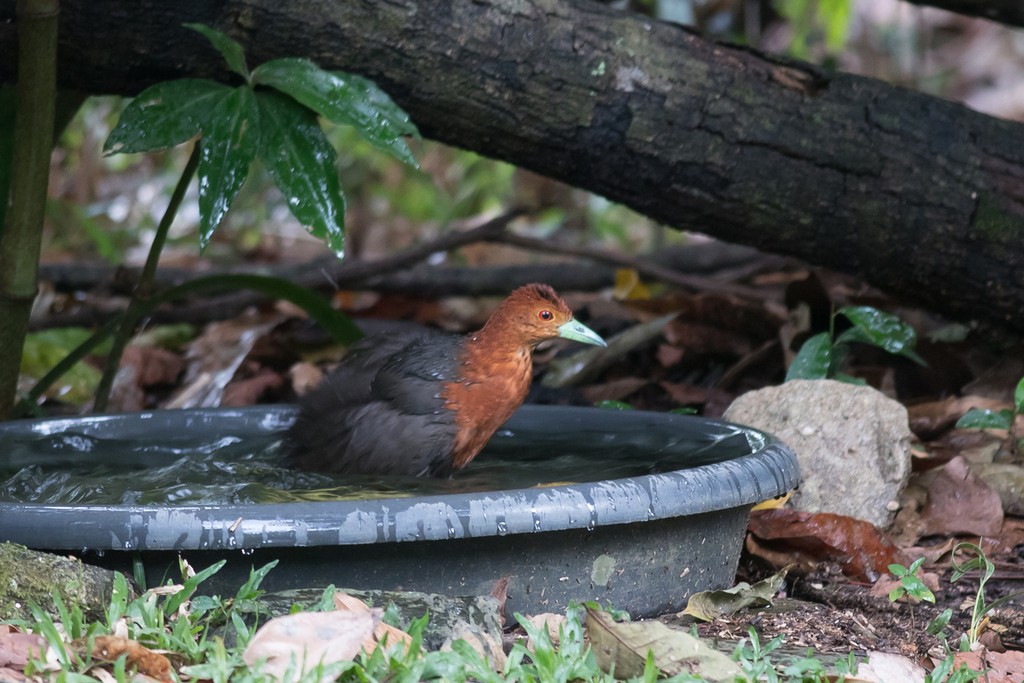Red-necked Crake
A species of Red-legged Crakes and Forest-rails Scientific name : Rallina tricolor Genus : Red-legged Crakes and Forest-rails
Red-necked Crake, A species of Red-legged Crakes and Forest-rails
Botanical name: Rallina tricolor
Genus: Red-legged Crakes and Forest-rails
Content
Description General Info
Description
The red-necked crake is a large crake (length 25 cm, wingspan 40 cm, weight 200 g). Its head, neck and breast are red-brown, with a paler version of that color on the throat. The upperparts are grey-brown, while the underparts are grey-brown with pale barring. The underwing is barred black and white, the bill green, and the legs grey-brown. 
Size
30 cm
Nest Placement
Ground
Feeding Habits
Red-necked Crake forages primarily on amphibians, aquatic invertebrates, crustaceans, and molluscs, utilizing unique hunting techniques adapted to its diverse diet.
Habitat
The red-necked Crake typically inhabits lush, lowland environments characterized by dense vegetation. Its favored habitats include tropical rainforests, swamp and monsoon forests, as well as secondary growth areas including gallery forest and swamps with sago palms. They are often found near water sources such as pools, creeks, or swamps. The red-necked Crake has been observed inhabiting areas with dense undergrowth, vine thickets, and occasionally even suburban gardens with ample foliage or invasive Lantana thickets.
Dite type
Omnivorous
General Info
Feeding Habits
Bird food type
Distribution Area
Red-necked crakes live in the Moluccas, Lesser Sundas, New Guinea lowlands and adjacent islands, and north-eastern Australia. They are found in tropical rainforests and dense vegetation close to permanent wetlands. 
Species Status
With a large range and no evidence of significant decline, this species is assessed as being of least concern. The species is little studied and seldom seen due to its secretive nature, but appears to be locally common in New Guinea. In Australia it has suffered declines due to habitat loss. 
